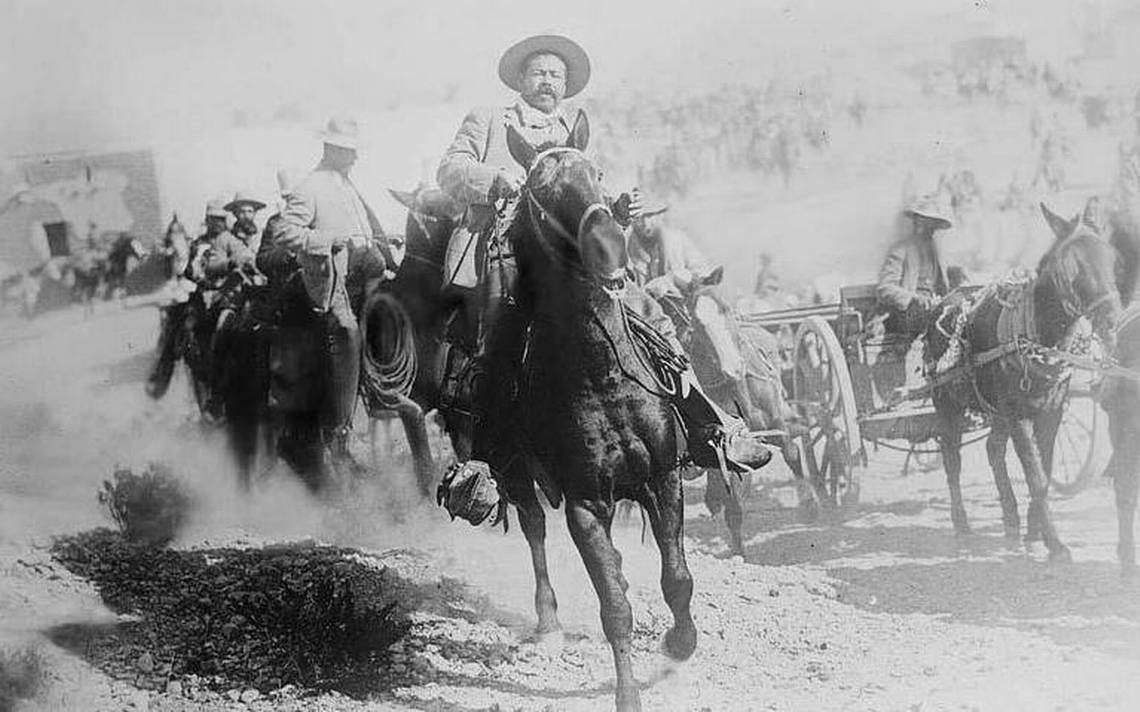Our previous issue addressed how different manifestations of idleness in cinema could be understood as forms of dissent; unusual rhythms, laid-back ruminations and alternative flows, all of which counter the hectic pace of contemporary capitalism. Movement, however, can also exist beyond the clutch of technocracy and productivity.
By its mere composition (a multitude of frames rapidly juxtaposed within a second), cinema’s kinetic nature is usually taken for granted, only coming to the forefront when the text itself exalts (and usually underlines) motion, as in genres like the musical and the action film. “Action”, however, is not simply a matter of direct confrontation and rapid choreography. When referring to abstract expressionism in painting, art critic Harold Rosenberg saw the canvas as “an arena in which to act”. Film could be understood along similar lines, the measures and efforts for creating through filmic and digital material being as integral to the work as the end result itself. Malleable objects playfully rearrange the world around us. Syncretic movements are imbued with political urgency. Beyond its configuration, is cinema a mobile medium?
Arta Barzanji addresses this question by confronting the paradoxical ontology of the film frame, its study as an individual entity analytically discussed through a materialist lens that goes from technical minutiae to an evocative case study of Raoul Walsh’s The Strawberry Blonde (1941).
Gabriel Linhares Falcão delves into the idiosyncratic world of Spanish filmmaker Elena Duque’s oeuvre, in which he proposes her tangible craftmanship and joyful formal ruptures as the quintessential act of animation.
Dora Leu cleverly dissects the frenzied fast-forward montages and punk aesthetic attitude in Gakuryū (formerly Sogo) Ishii’s Burst City (1981) and Crazy Thunder Road (1980), and Shinya Tsukamoto’s Tetsuo I (1989) and II (1992), and positions them as psychogeographical devices from which to understand Japan’s urban and technological expansion, and its effects on human experiences.
Roberta Pedrosa discusses how one of Brazil’s most brilliant and subversive filmmakers, Rogério Sganzerla used the city, its hurried pace and bricolage of outcasts, sights and sounds as the canvas, brush and subject for a radical, subaltern cinema.
Santa Nibedita intertwines a historiographical revision of the fragmented timeline of non-fiction filmmaking during the British colonial period in India with a nuanced overview of how these moving images, their forms and contradictory narratives, set the tone for the country’s changing political landscape during the 20th Century.
Sabahat Ali Wani ruminates on the radicality of Sarmad Khoosat’s Zindagi Tamasha (2019) and how it exemplifies the collision of corporal expression, a tool of self-determination for historically marginalized groups, with religious codes of conduct in Pakistan.
Each piece provides a different approximation of how movement is understood in cinema, expanding on preconceived notions through insightful analysis and forging new avenues to explore further.
